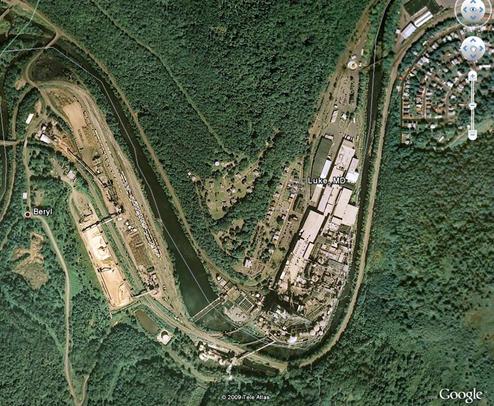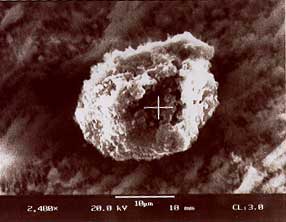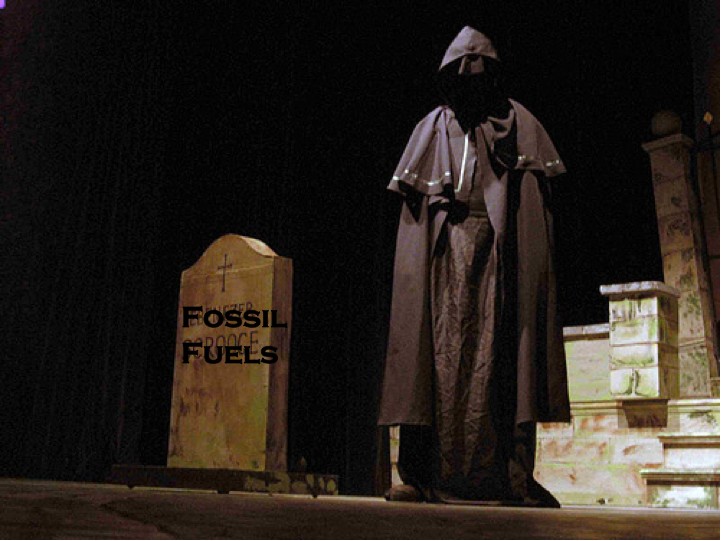In the fight for a greener future, America’s youth has and is continuing to be one of the strongest forces. Recently, I participated in Powershift 2009–the largest summit on climate and energy in United States’ history. Roughly 12,000 attended the conference, and the overwhelming majority of participants were students from high schools and colleges spanning across the nation!


![]()
The conference began Friday, and provided endless opportunities for attendees to experience environmentally-geared panels, workshops, movies, speakers, and state breakouts until Sunday. The amalgamation of these informative and inspirational activities worked as a preface that ultimately led to Powershift’s climax that Monday–lobby day. Despite the untimely blizzard-like weather that stormed DC right before that Monday, thousands of youth still trudged through snow and sleet to capitol hill. That day, March 2nd, proved the be the largest lobby day for climate and energy in US history. Senators and representatives from all fifty states were successfully lobbied, with a total of 350 lobby visits! For any of you who are glad that some federal lobbying was completed for your interests, here is the platform that Powershifters presented to US senators and representatives:
1. Cut Carbon Emissions
- Reduce global warming pollution by the targets science tells us are necessary: 25%-40% below 1990 levels by 2020; and 80%-95% below 1990 levels by 2050.
- Set an aggressive cap on carbon immediately. If a cap-and-auction mechanism is chosen, 100% of pollution allowances must be auctioned. Any revenue generated from this cap must be used to address the climate crisis in a just and equitable way; none of this money should go to polluting industries.
- Conserve and restore the world’s forest, ecosystems, and carbon sinks, which are the best natural defense in a warming world.
2. Invest in a Green Economy
- Create 5 million new jobs through investments in clean energy.
- Develop a “Clean Energy Corps” to create service, training, and job opportunities in the clean energy economy (1).
- Train a generation of workers and volunteers to build our clean energy future and help communities adapt to the already changing climate.
3. Power Our Future with Clean Energy, not Dirty Fuels
- We see a future powered by clean, renewable energy like wind, solar, and geothermal; 100% of our electricity should come from these sources, and we should invest in sustainable transit and energy efficiency.
- End our dependence on dirty energy by enacting a moratorium on financing and development of new coal and nuclear plants, and oil shale and tar sands infrastructure.
- Immediately begin phasing out dirty and dangerous energy sources and methods of extraction, while also ensuring a just transition for affected workers and communities.
4. Lead the World to a Clean and Equitable Energy Future
- Work with other nations to reach a strong new global climate treaty in Copenhagen that puts us on track to reduce carbon below 350 parts per million.
- Assist vulnerable communities and developing countries in the transition to low-carbon economies and with adaptation to the changing climate.
_________________
This was the type of rhetoric left at the nation’s capitol a week ago, and such requests likely still serve as hot topic points in DC. As a voice of Powershift, and the young environmentalists of this nation, this is the direction we want to see our federal government take now, and in the future. And let me assure you, the overwhelming feeling in Washington experienced by many of the Powershifters is that this direction is highly achievable, at least, more so than ever before in our nation’s history!
(1) The UN Framework Convention on Climate Change (UNFCCC) COP15 in Copenhagen.

 I have been remiss in my duties as Blog Lady because I haven’t told you anything about the slated Andrews County nuclear waste dump. Oh, you hadn’t heard? TCEQ approved a “low-level” radioactive dump out in the lower panhandle. There wasn’t a contested case hearing — and citizens of Eunice, New Mexico, the closest town to the dump, haven’t been able to officially voice their opposition because they don’t have standing under state law. The dump is also only licensed for 15 years, after which all that toxic waste will be the responsibility of the state. Aaaaand the dump will be accepting waste, not just from Texas, but from all over the United States.
I have been remiss in my duties as Blog Lady because I haven’t told you anything about the slated Andrews County nuclear waste dump. Oh, you hadn’t heard? TCEQ approved a “low-level” radioactive dump out in the lower panhandle. There wasn’t a contested case hearing — and citizens of Eunice, New Mexico, the closest town to the dump, haven’t been able to officially voice their opposition because they don’t have standing under state law. The dump is also only licensed for 15 years, after which all that toxic waste will be the responsibility of the state. Aaaaand the dump will be accepting waste, not just from Texas, but from all over the United States.
 The Judge heard the rest of the people that were in the room, and any individuals who could not come back at a later time. Then a recess was called until the afternoon to reconvene at the Del Mar College Center for Ecological Development.
The Judge heard the rest of the people that were in the room, and any individuals who could not come back at a later time. Then a recess was called until the afternoon to reconvene at the Del Mar College Center for Ecological Development. Researchers have drawn direct and immediate links between ambient levels of fine particulates and hospital admissions and deaths. By some estimates, tens of thousands of Americans die each year from exposure to airborne particulates.
Researchers have drawn direct and immediate links between ambient levels of fine particulates and hospital admissions and deaths. By some estimates, tens of thousands of Americans die each year from exposure to airborne particulates. The nominee, Lisa Jackson, told members of the Senate Environment and Public Works Committee that she would “send investigators and samplers out to verify the extent of the problem” and “mobilize” agency efforts within 30 days of her confirmation. Parents, she said, “have a right to know their children are safe when they are in school.”
The nominee, Lisa Jackson, told members of the Senate Environment and Public Works Committee that she would “send investigators and samplers out to verify the extent of the problem” and “mobilize” agency efforts within 30 days of her confirmation. Parents, she said, “have a right to know their children are safe when they are in school.” The
The 



